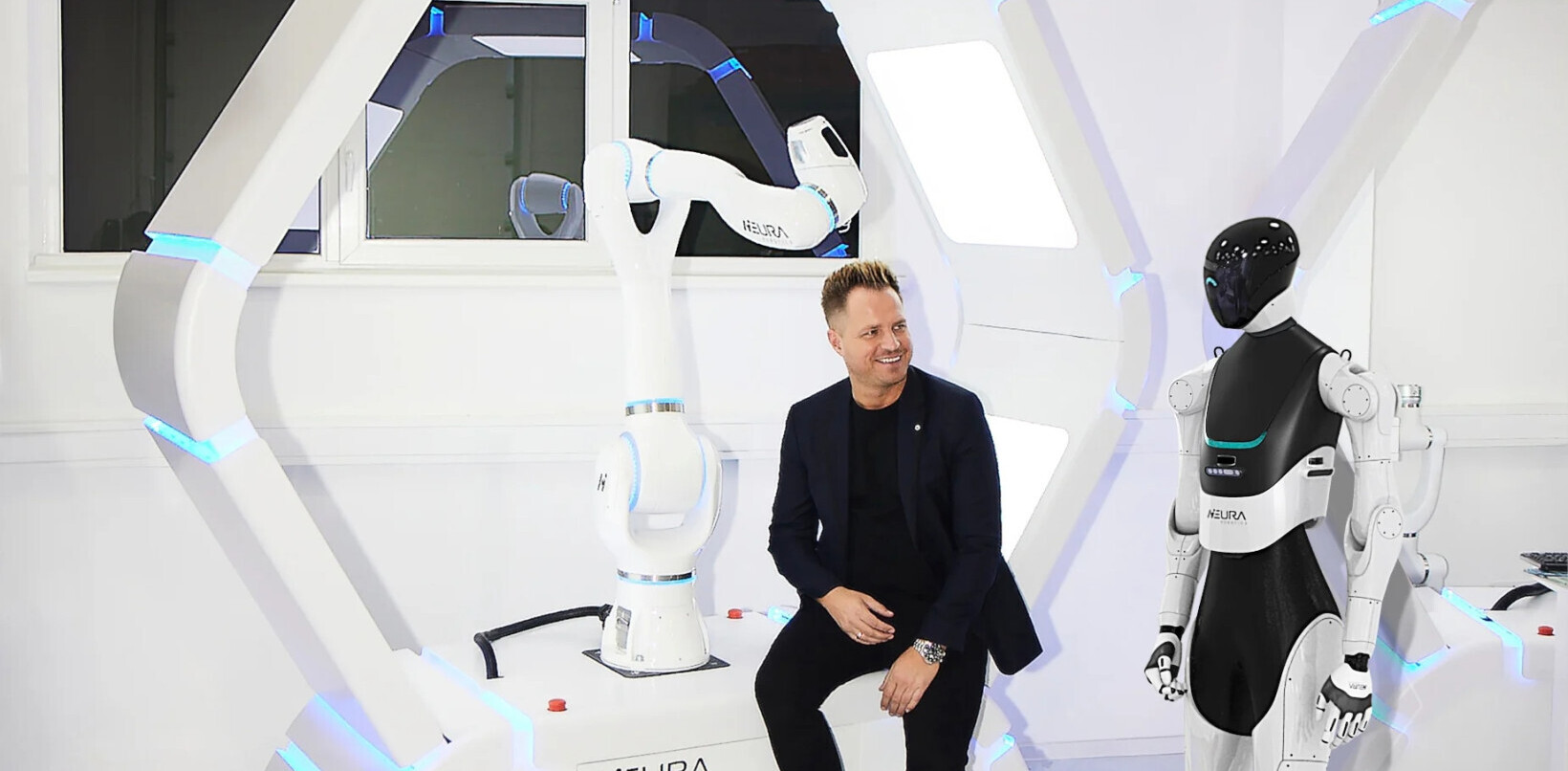
Electric vehicles are becoming more and more popular, but still, range anxiety and charging time are obstacles to their widespread acceptance.
Imagine, though, charging your car by simply changing lanes and driving over to special charging strips embedded in the road.
That’s exactly the vision of Khurram Afridi, associate professor of electrical and computer engineering at Cornell University. Along with his team, they’re developing a groundbreaking approach to charge EVs without the need for cables.
Drivers could save time, and cars would need smaller batteries, which means that their cost would be reduced, as much as their environmental impact.
In fact, over the past decades, many scientists experimented with the idea of wirelessly powering vehicles in motion.
However all previous attempts, mostly employing alternating magnetic fields and low frequencies, have failed. The materials needed were bulky and expensive, while the energy produced posed safety threats to the drivers.
Afridi’s project promises an innovative solution.
What’s new
Following his predecessors, Afridi’s idea originated from Nikola Tesla’s use of alternating electric fields.
But he took it one step further by combining it with his expertise on spacecraft communication through high-frequency radio waves.
Simply put, he managed to develop an electric field system operating on high frequency.
According to lab tests, it’s almost 200 faster than the former magnetic field systems.
So how does it work?
Two insulated metal plates on the ground create alternating electric fields that attract and repel charges in a pair of corresponding metal plates attached under the vehicle.
The interaction between the plates produces a high-frequency current that is picked up by the car’s circuit. The current generated is then directed towards the car’s battery so it can charge as it drives along.
For this to work, the road infrastructure needs to massively change.
Afridi offers two suggestions: to electrify high-traffic roadways, or to install charging strips at stop signs and traffic lights within cities. So cars can charge at specific locations, or top up as they’re waiting at intersections.
Well, wireless charging might sound crazy, but it could definitely boost the acceptance of EVs as long-distance sustainable transport model.
Nevertheless, to implement this kind of technology on mass is far more challenging than it is to develop it in concept.
Do EVs excite your electrons? Do ebikes get your wheels spinning? Do self-driving cars get you all charged up?
Then you need the weekly SHIFT newsletter in your life. Click here to sign up.
Get the TNW newsletter
Get the most important tech news in your inbox each week.




